Minimal invasive surgery for spine
When it Comes to the Spine, Less is More
If you are suffering from persistent lower back pain despite your efforts to manage it, it may be time to consult your doctor about lumbar disc herniation, or LDH. LDH is one of the most common spinal disorders, predominantly affecting the lower lumbar nerve roots. Around 20 percent of lower back and leg pain cases worldwide are caused by LDH, which is also the leading cause of sciatica in adults. While the low back pain from LDH can be self-limiting, in severe cases, it can lead to physical disabilities and significant financial costs due to treatment.
Symptoms of LDH
The symptoms of LDH may include radicular pain, numbness, or weakness in the lower limbs. This is caused by mechanical compression and inflammation of the adjacent nerve root due to a herniated intervertebral disc.
Treatment
Most patients can recover with conservative treatment, avoiding the need for surgery. However, despite various non-surgical interventions, many patients with LDH do not find relief and ultimately require surgery to remove the herniated disc material and decompress the affected nerve root, especially in cases of symptomatic LDH.
Minimally Invasive Surgery
To reduce the risks associated with invasive open spinal surgeries, a spinal endoscope has been developed for performing discectomy. This method is supported by published evidence on its effectiveness and safety. As a minimally invasive procedure, endoscopic lumbar discectomy requires only a small incision (approximately the size of a peanut) in the back. This technique reduces damage to the spinal musculature while providing excellent visualization of spinal anatomy.
Over the past two decades, minimally invasive spine surgery (MIS) techniques have expanded rapidly, offering spine surgeons numerous options for treating various spinal conditions. As surgeons become more proficient with these techniques and with advances in technology, there is mounting evidence that MIS techniques reduce blood loss, shorten hospital stays, decrease perioperative pain, and enable a faster return to daily activities compared to similar open surgical methods.
These benefits may lead to cost savings that can offset the higher up-front costs, potentially resulting in net savings in the long term. Additionally, advancements in postoperative pain management protocols have further reduced costs associated with surgeries. MIS spine procedures can thus be effectively performed in outpatient settings. By preserving normal anatomy to the maximum extent, MIS techniques theoretically reduce risks posed by open surgeries, including instability, postoperative nerve root adhesion due to scarring, and long-term degeneration of adjacent spinal segments.
MIS techniques also enable shorter hospital stays, helping patients recover quickly post-surgery and return to normal work and life sooner.

